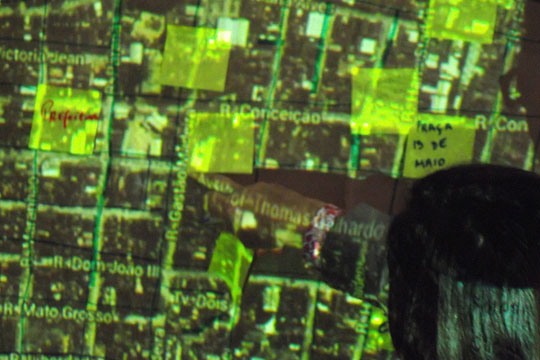Em novembro de 2014, fiz um relatório (em inglês) sob encomenda do conselho de artes da Suíca - Pro Helvetia. A ideia era oferecer um panorama atual sobre cultura digital no Brasil. Mas antes de listar e descrever algumas iniciativas, grupos, instituições e pessoas, eu fiz uma introdução para mostrar o terreno em que se desenvolvem. Segue abaixo esta introdução, republicada aqui com autorização da Pro Helvetia.
1. Scenario
In order to understand the state of new media and digital culture in Brazil, two cultural episodes of last century must be acknowledged: brazilian artistic Modernism and the Tropicália movement. Both are deeply related to what Brazil has to offer internationally in terms of contemporary arts, pop culture and their social implications. To some extent they form the cultural basis upon which new developments are often laid.
In 1922, the modernists organized the Week of Modern Art in São Paulo. Until 33 years before that, Brazil was a self-proclaimed "empire" whose economy relied heavily on large plantations and slave workforce. As slavery was abolished, the republic established and legal immigrant labor became available, the country demanded new ways to understand and experience its mixed cultural background. During the Week of Modern Art visual artists, poets, writers and intellectuals helped to grant legitimacy to mixed social identities, as well as asserting the importance of São Paulo as a cultural centre1. The modernists proposed that brazilian culture was a mixed one, in which tradition and novelty were articulated in terms of dialogue and assimilation. It is in that sense that poet Oswald de Andrade posed in the Cannibalist Manifesto:leia mais >>







